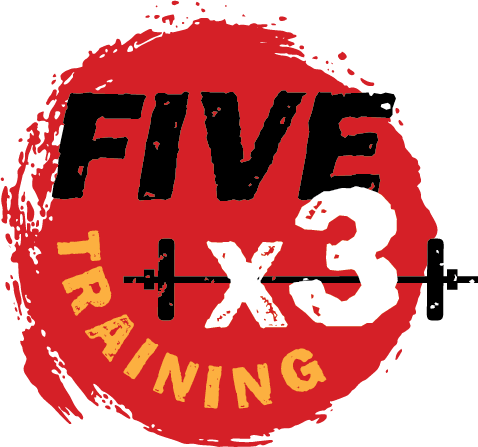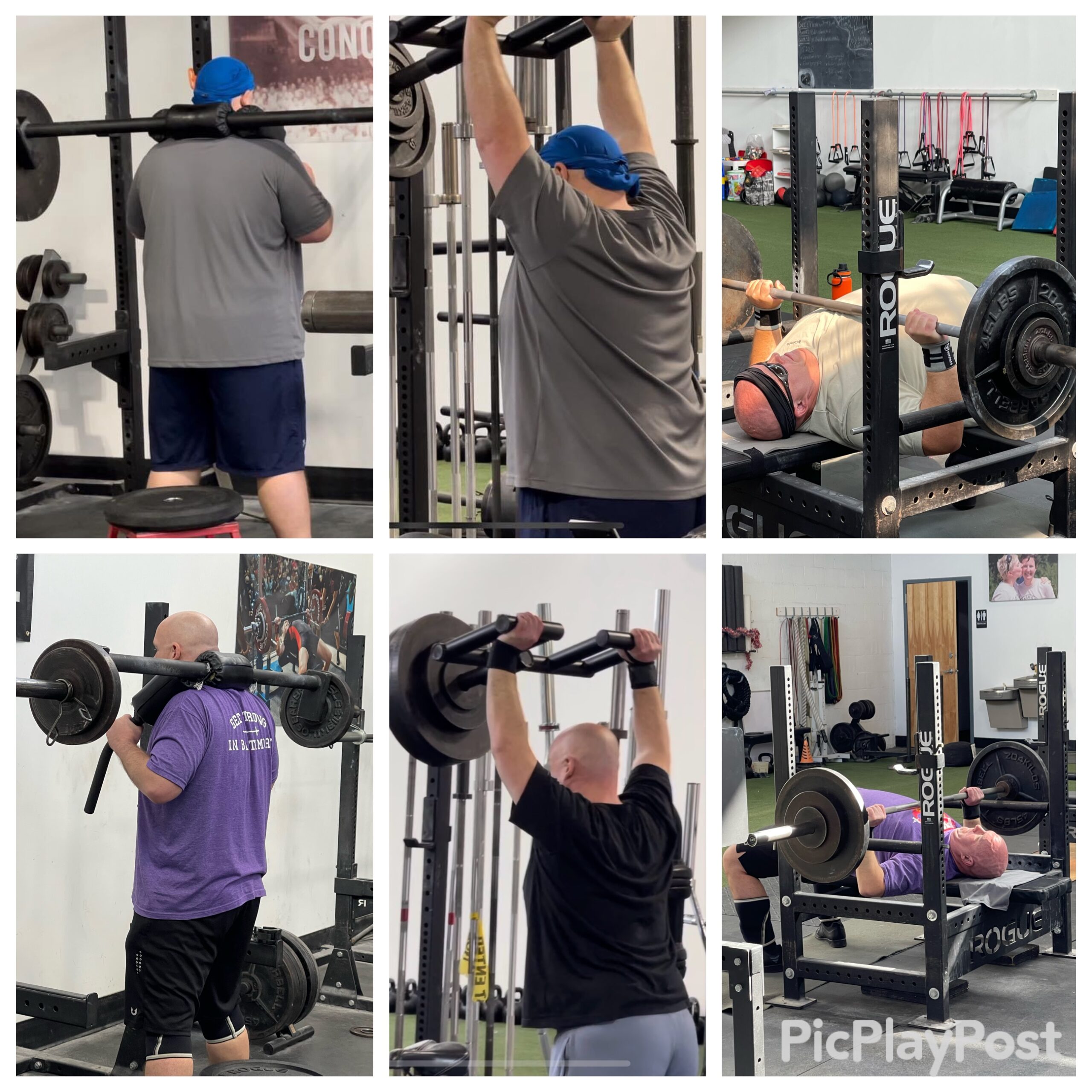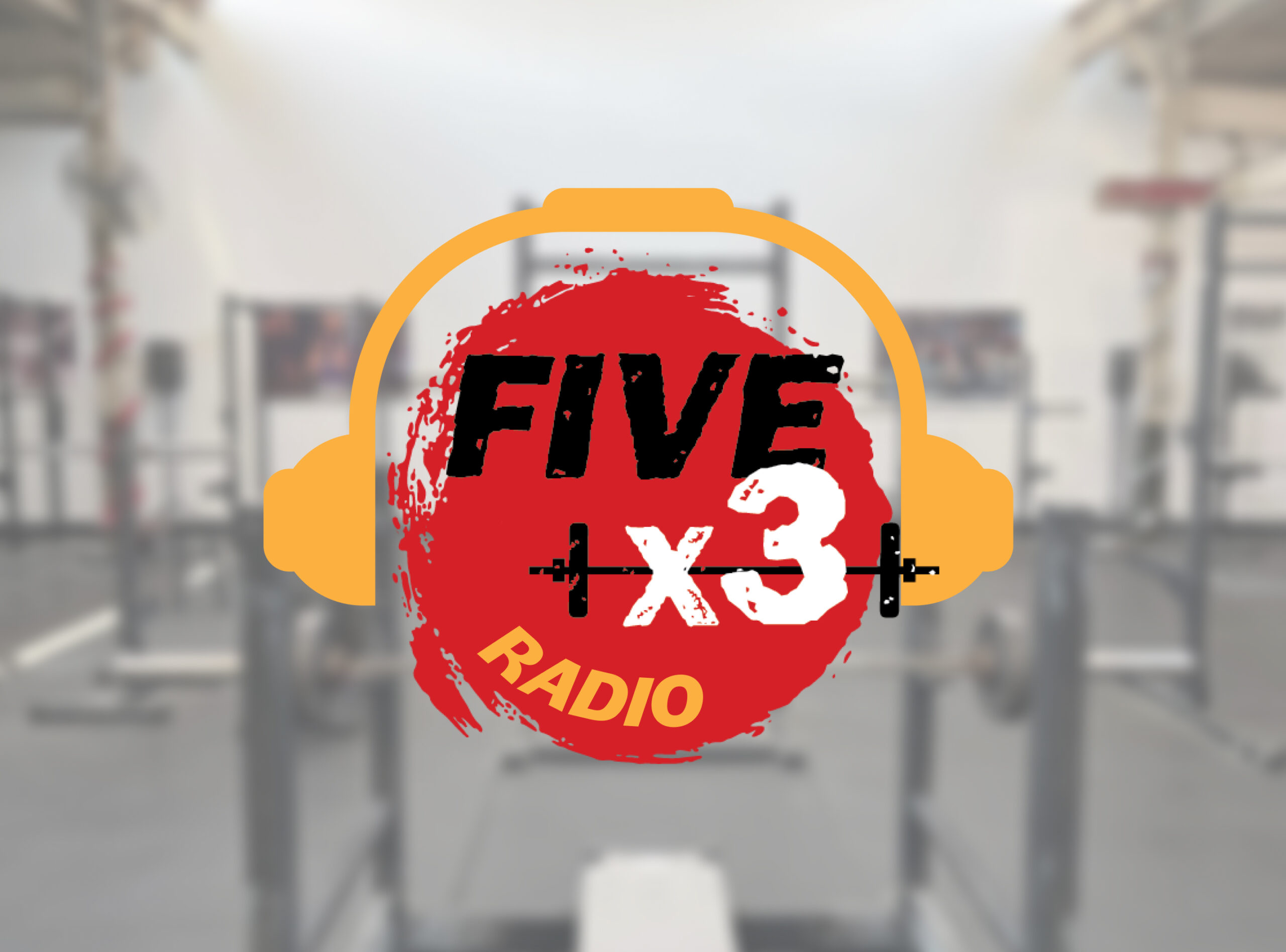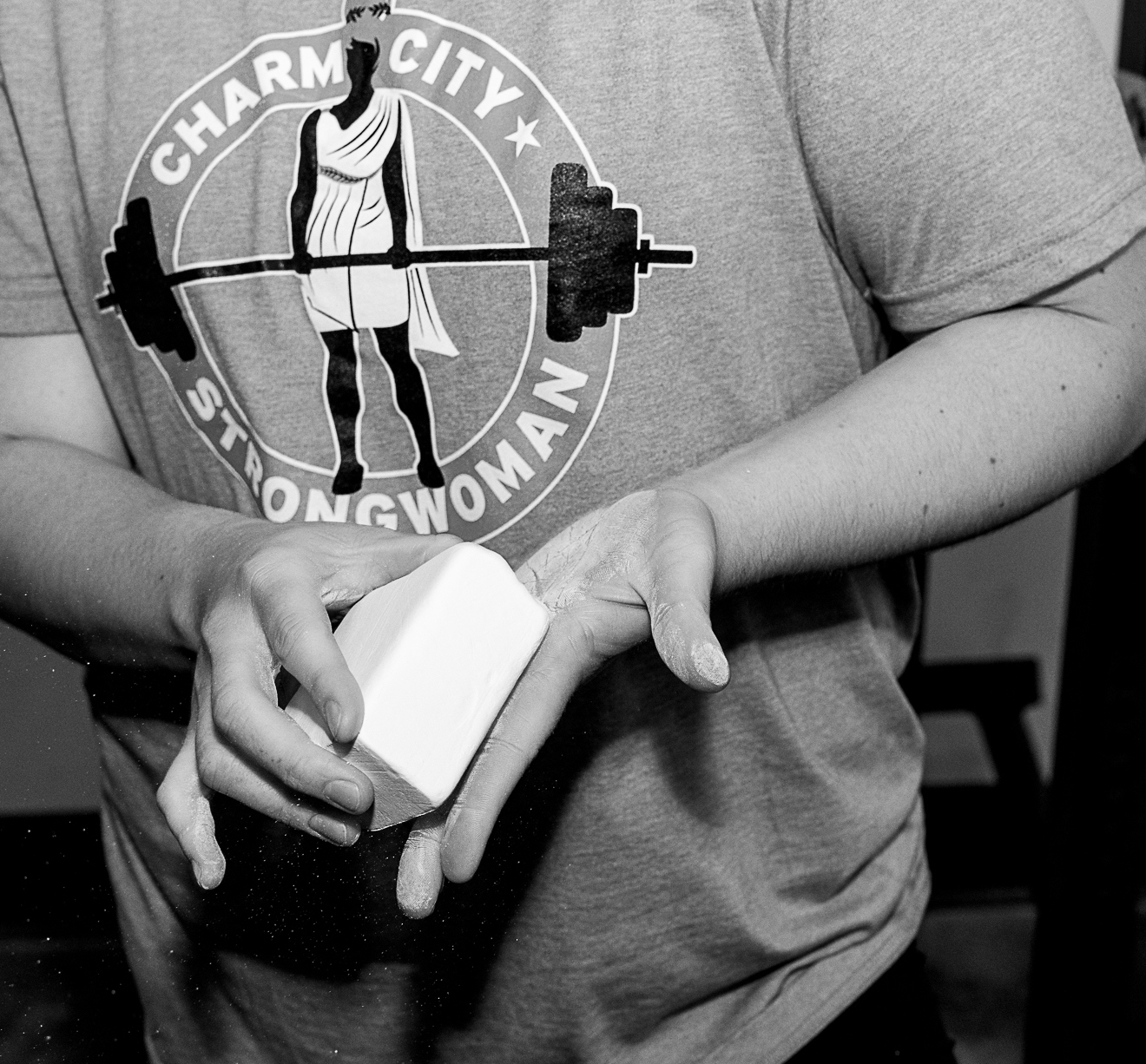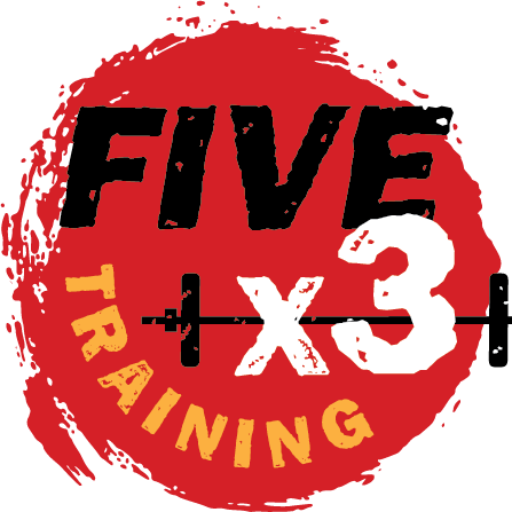I have a number of clients that come to me from commercial gyms. They tell me that they “work out regularly”; some of them say they “have worked with a trainer.” One of them worked with a trainer for several years before coming to me. What do they all have in common, you ask? Well, on their first day with me, I usually ask them to perform a few basic moves, just a simple assessment. Bodyweight squats, planks, split squats, glute bridges…you get the point. At first, I was surprised when I saw these new clients were unable to perform most of these moves properly. I figured, after months or years with a trainer, they would have mastered these basic movements. After all, I wasn’t testing their strength, just their ability to control their body and move safely and efficiently. Unfortunately, I was way off base! It turns out that spending time at a commercial gym, even in the care of a private trainer, is no guarantee that a person will have good movement skills. The strength situation is even worse, especially for women. It seems that these trainers spent little or no time getting their female charges any stronger. 🙁

Now, you may say that maybe these clients are just poor movers or have naturally weak constitutions. I say this: AS IF! In just a short period of time, usually about 6-8 sessions in, all of these awesome clients were able to progress through these basic moves, add loading to them, and tackle more challenging training after a few sessions, weeks or months, depending in the individual. So what magic do we perform here that seems to elude commercial gyms? Nothing much, really. We just work with people on developing their skills, instead of just walking with them from one machine to the next. And here, in my opinion, lies the problem. I am certainly not the first to point out that exercising exclusively with machines is a poor way to develop neuromuscular skills. And since I am on the receiving end of people exiting the commercial gym world, I notice this on a daily basis.

So what goes on inside commercial gyms? A lot of machine training. While there are certainly benefits to using machines, especially for detrained populations or rehabilitation, for most of the population out there, this kind of training does not seem to result in improved movement qualities. And in my book, good movement is the cornerstone of any training program. When I start working with someone with a goal of improving his or her strength, my first thoughts are toward testing, and usually improving the way he or she moves. I am not about to place a loaded barbell on someone’s back if they cannot squat their own weight with good mechanics. So, good movement first, strength immediately after. This should make sense to anybody interested in improving their performance in the real world. You know, the one in which you have to move your own body (and sometimes additional weight) through space without injuring yourself and often trying to beat someone else at it. 🙂 Machine training, puts the cart before the horse. It tries to get you stronger without requiring that you develop any movement skills. And that is in the best case scenario, in which machines are used in the context of a progressive overload system, designed to get you stronger. For most people at commercial gyms, the reality is that they just go from one machine to the next, using the same weights week in and week out. They end up no stronger after a year than after the first month. And they still can’t squat. 🙁

One positive aspect of machine training is that it can be performed pretty safely by someone without any professional supervision. It might not be terribly effective, but at least it is reasonably safe. Now, let’s say you are feeling pretty good these days and have made a little progress by training on your own but you want to take your training to the next level. So, you hire a trainer. You would think that now, with professional assistance, you would be able to perform exercises that are more effective, but may have previously been out of your reach due to lack of instruction. Makes sense, right? What happens in reality, though, is that your shiny new trainer walks you over to the same machines and puts you back on essentially the same ineffective workout you were doing on your own. Except he has a clipboard… and a Bosu ball. Wow. Something has gone horribly wrong.

Sometimes you get lucky, and after a hard set on the pec dec machine, your trainer will take you out for a set of walking lunges on the gym floor. More often than not, this ends up looking like a kneecap waiting to explode. This trainer may have good intentions, but has failed to nurture his client’s movement skills. You cannot just throw a few sets of walking lunges in between leg extensions and the outer thigh machine on leg day. As a trainer, you have to develop the client’s ability to control their body, especially with weight, through proper progression. With the walking lunge, for example, you would probably have to work through half kneeling chops and lifts, split squats (in place), reverse lunges, front lunges, etc, before you would take your client on a lunging walk of the gym with a dumbbell in each hand. It just makes sense, right? But it doesn’t happen like this very often.

So what happens? Invariably we find that most of our clients come to us frustrated and confused. They have been training, sometimes for quite a while, but are not seeing the results they were promised. They are starting to think that this whole exercise thing is not for them; that it doesn’t really work. But then, after a month, sometimes six weeks, they notice themselves making progress. Those split squats are getting easier, and walking up the stairs, all of a sudden, does not culminate in a panting session. Daily chores are not so taxing, and they start looking forward to their deadlifts. What happened? These are people who never looked forward to the leg curl machine! But when training their hamstrings is done in the form of a basic human movement, one they can relate to and against which they can measure themselves, they find out that they do like exercising after all. It was all that silly stuff they didn’t care for. Nobody gets excited over the prospect of a heavy set of leg curls. But tell a fifty-something woman she just picked up over a hundred pounds, and you just made your client’s day. Now, if only trainers at commercial gyms realized this… But then, we might be out of a job 🙂
